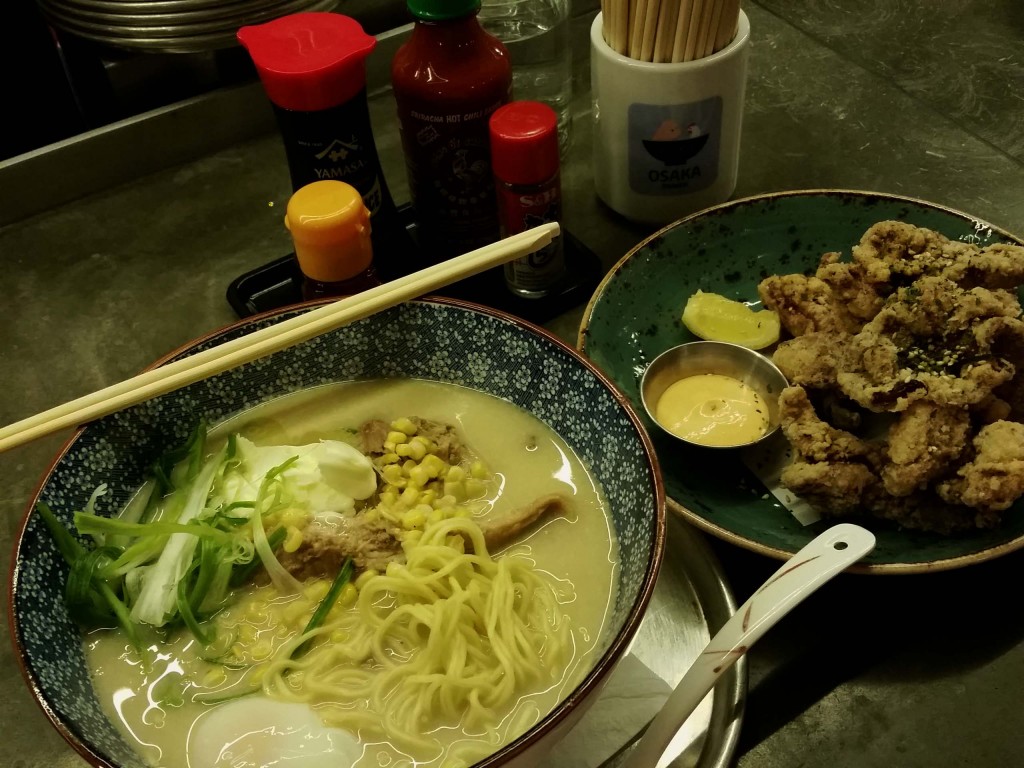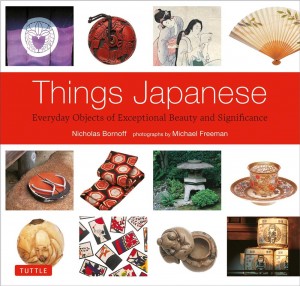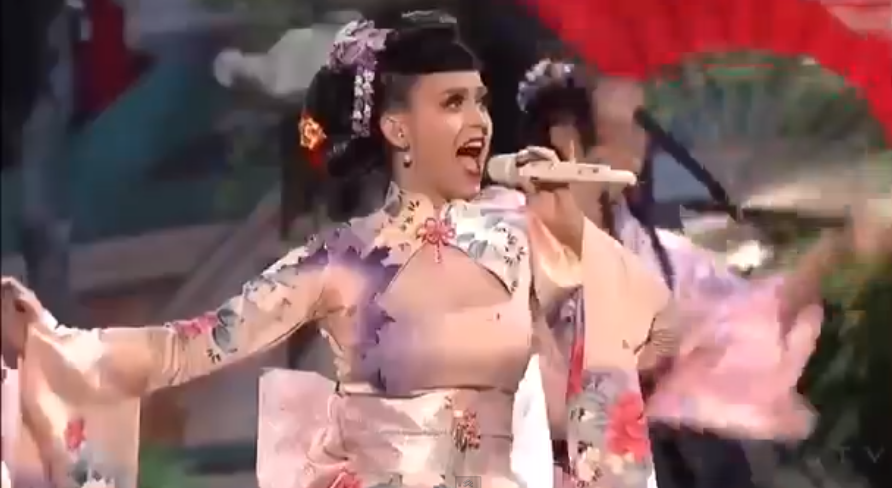
My most recent Denver ramen was at the original Osaka Ramen location in the RiNo district. I had the special Miso Ramen of the day with an order of kara age fried chicken.
 I grew up in Japan when I was a kid, and have vivid memories of bowls of ramen and soba noodles stacked high in bowls or boxes, being delivered by crazy men riding bicycles through crazy Tokyo traffic like the photo on the right. Ramen had been around since the late 1800s in Japan, but it was during the post-WWII years, and particularly in the 1960s, when ramen became the ubiquitous Japanese comfort food it is today.
I grew up in Japan when I was a kid, and have vivid memories of bowls of ramen and soba noodles stacked high in bowls or boxes, being delivered by crazy men riding bicycles through crazy Tokyo traffic like the photo on the right. Ramen had been around since the late 1800s in Japan, but it was during the post-WWII years, and particularly in the 1960s, when ramen became the ubiquitous Japanese comfort food it is today.
I loved ramen as a child, and when my family moved to the states in the mid-‘60s I was sad to find that ramen wasn’t sold in the few Japanese restaurants that were available here. But in 1970 Nissin, the company that invented instant ramen in 1958 began selling instant ramen in the U.S. The next year, the company rolled out Cup Noodles.
Several generations of college students have grown up with instant ramen and Cup Noodles since the ’70s. Who can argue when each savory serving can cost just pennies? Lots of people even use instant ramen as a base for fancier dishes by adding meats and vegetables. But I think that’s cheating. If you want to have some “real” ramen, nothing beats going to a good ramen-ya (shop) for a steaming bowl.
The steaming hot soup of a real bowl of ramen is salty and meaty with hints of chicken, pork and fish bathing together like it’s a friendly hot tub of flavor, and the noodles are firm and chewy (though a good ramen-ya will offer the option to have your noodles hard or soft to your liking) with just the right amount of absorption of the soup, and the toppings can be creative but respect tradition. The experience is several cuts above plopping a square of fried dried noodles into a saucepan for five minutes or pouring boiling water into the styrofoam cup and waiting two minutes with the top flap closed (no peeking!). Instant ramen is cheap, but it’s not food for the soul. The noodles are immediately limp, the soup is flavored hot water (though it can fool your brain into thinking you just ate some real food) and out of the box the topping are… well, there are no toppings.
Continue reading →
 I wasn’t surprised that anti-Japanese sentiments were expressed when Takuma Sato, a Japanese driver, won the Indianapolis 500 race — he is the first driver from Japan to take the flag. But I was shocked, and disappointed that the hateful sentiment was blurted by a journalist. In Denver, where I live. And that it was someone I had worked with.
I wasn’t surprised that anti-Japanese sentiments were expressed when Takuma Sato, a Japanese driver, won the Indianapolis 500 race — he is the first driver from Japan to take the flag. But I was shocked, and disappointed that the hateful sentiment was blurted by a journalist. In Denver, where I live. And that it was someone I had worked with. 














